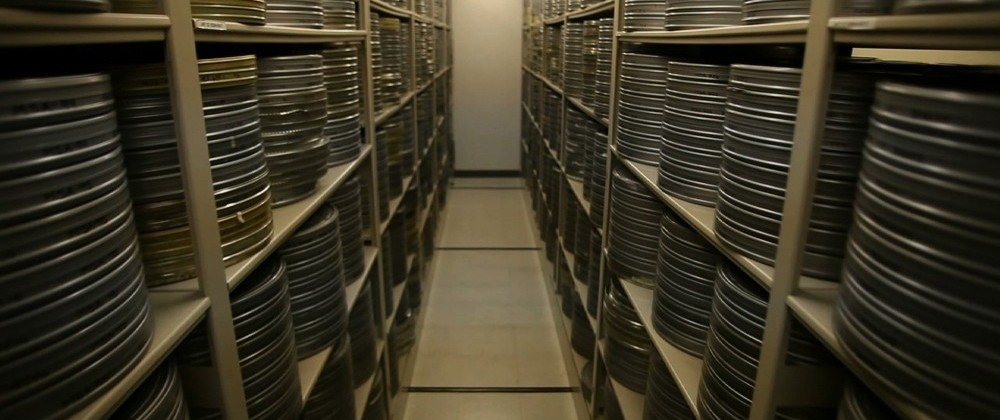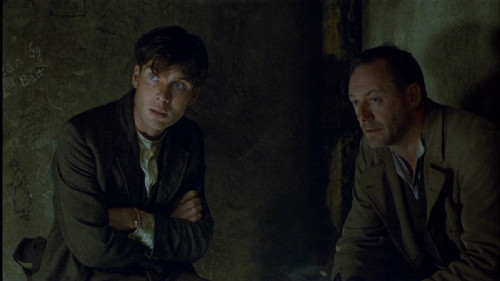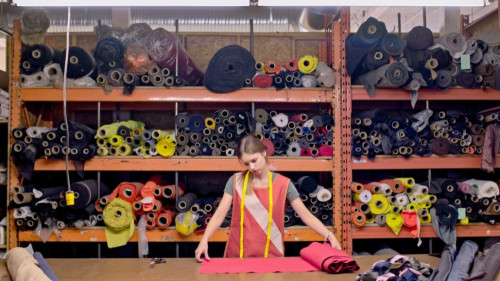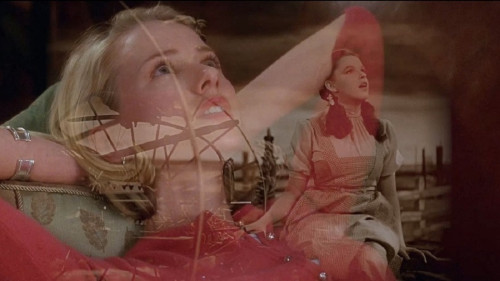Volume 15, Issue 10 / October 2011
Women, Iran, & the End of Film
In this issue
-

Elegies for the vagrant souls: Reading Reza Allamezadeh’s films of exile
-

The Neighbor: Naghmeh Shirkhan’s Choreography of Iranian Women’s Life in Migration
-
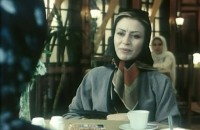
The Feminist Portrayal of Woman in Iranian Cinema
The Works of Bahram Beyzai and Tahmine Milani
-

R.I.P. Film (not “Cinema”), 2011: Montreal, the year in review
-

Bye-Bye Celluloid?
Are we Seeing the Dawn of a New Digital Era?
One of the topics of this double-themed issue is a partial revisit of a subject treated in 2006 in Volume 10, Issue 7, the representation of women in Iranian cinema (or in the case of one of the essays, a non-Iranian film dealing with Iranian female characters). The first essay by Ramin S. Khanjani, “Elegies for the vagrant souls: Reading Reza Allamezadeh’s films of exile,” covers a broad range of Iranian specific themes, along with representation of women (filmmakers in exile, films made by Kanoon, Institute for the Intellectual Development of Children and Young Adults, representation of children). Khanjani takes as his theoretical cue “accented cinema,” a term developed by Hamid Naficy in his book An Accented Cinema. Accented cinema is defined as a cinema that stands in opposition to mainstream cinema which has as its goal non-ideological based entertainment. Accented cinema, made by a exilic or diaspora filmmaker, is shaped in its form and themes by the psychological positioning of the filmmaker straddling, as it were, two national/cultural islands, or to quote Naficy, by a “double consciousness.” With a similar theme (Iranians living outside Iran, if not exactly in exile) is Najmeh Khalili Mahani’s essay on the Canadian-United States co-produced film The Neighbor, which looks at different facets in the lives of five Iranian women living outside Iran (the film is spoken in Farsi and subtitled in English). According to Mahani, “The lives of Iranian immigrants in their new American and European homes are rarely projected on screen.” The final Iranian themed piece is by Mojgan Eyvazi and analyzes from a feminist perspective the portrayal of woman in the works of Iranian directors Bahram Beyzai and Tahmine Milani. The second mini-theme of this issue is the supposed ‘death of celluloid,’ which I contemplate directly in my essay, “Bye-Bye Celluloiud?”. As this issue is actually street dated at the beginning of 2012 (as a result of Offscreen being behind schedule) it coincides with the usual “end of the year” backward glance, which Peter Rist provides in the concluding article of the issue. Along with the usual “look back” at the year that was in cinema, Rist also contemplates the end of film (that is safety acetate celluloid).
PS: In an effort to get back on schedule Offscreen will be publishing several issues in quick succecssion over the next 4 or so weeks. Donato Totaro, ed.)

